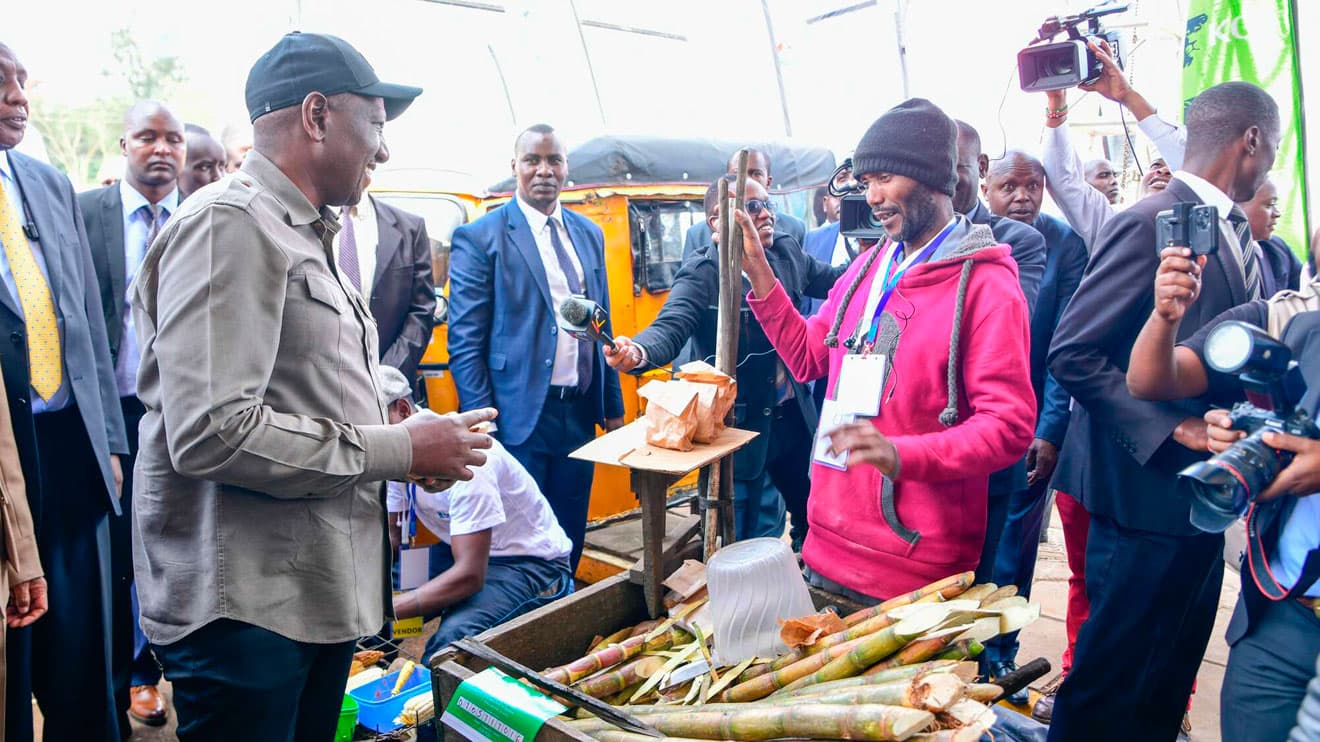Loading News Article...
We're loading the full news article for you. This includes the article content, images, author information, and related articles.
We're loading the full news article for you. This includes the article content, images, author information, and related articles.
Kenya's flagship Hustler Fund, designed to boost financial inclusion, is grappling with a high default rate, raising questions about the effectiveness of its lending model and the broader strategy for youth economic empowerment.

Nairobi, Kenya – Two key government initiatives, the Hustler Fund and the National Youth Opportunities Towards Advancement (NYOTA) Programme, aim to address the persistent challenge of capital access for Kenyan youth. While both seek to empower, their approaches differ significantly, with the Hustler Fund currently facing scrutiny over its repayment performance.
Launched in November 2022, the Hustler Fund generated considerable excitement across the country by offering instant mobile-based loans without collateral or extensive paperwork. This accessibility marked a significant shift, providing millions of Kenyans with their first formal loan opportunity.
However, recent data from the State Department for Micro, Small and Medium Enterprises (MSMEs) reveals a concerning trend: out of over 21 million Kenyans who have borrowed from the fund, 19 million have defaulted on their repayments. This high default rate suggests that while access to capital has been broadened, it has not automatically translated into successful ventures or consistent repayment.
In contrast to the Hustler Fund's broad-based, instant loan model, the NYOTA Programme, though also focused on youth empowerment, is understood to adopt a different strategy. While specific details on NYOTA's implementation and performance are yet to be fully disclosed, its name, "National Youth Opportunities Towards Advancement," implies a more structured approach, potentially incorporating training, mentorship, or specific project-based funding to enhance success rates and repayment capabilities. The government's intention with NYOTA is to foster a more sustainable path to youth economic independence, moving beyond mere capital provision.
Kenya has long grappled with high youth unemployment and significant financial exclusion, particularly among those in the informal sector. Initiatives like the Hustler Fund and NYOTA are direct responses to these challenges, aiming to stimulate entrepreneurship and provide a safety net for small businesses. The Hustler Fund's rapid deployment was a testament to the government's commitment to quickly inject capital into the grassroots economy. However, the current repayment challenges highlight the complexities of financial inclusion and the need for complementary support systems beyond just loan disbursement.
The high default rate within the Hustler Fund is likely to influence public debate and future policy execution regarding government-backed lending programmes. Stakeholders are urging greater clarity on the long-term sustainability of such initiatives, including their operational costs, repayment enforcement mechanisms, and safeguards to prevent widespread defaults. There is a growing call for a more holistic approach that combines financial access with business development support, financial literacy training, and mentorship to improve repayment rates and ensure the genuine advancement of beneficiaries.
The high default rate poses several risks. It could strain the fund's financial viability, potentially limiting its ability to offer future loans. Furthermore, it could foster a culture of non-repayment, undermining the principles of responsible borrowing and lending. For beneficiaries, defaulting on loans could negatively impact their credit scores, hindering access to future financial services. For the government, it raises questions about the efficacy of its financial inclusion strategies and the need for recalibration.
The specific operational details, budget allocation, and target beneficiaries for the NYOTA Programme remain largely unknown. It is also unclear what measures the government plans to implement to address the high default rate of the Hustler Fund and improve its repayment performance. The long-term economic impact of both programmes on youth employment and poverty reduction is yet to be fully assessed.
Observers will be closely watching for government announcements regarding strategies to improve Hustler Fund repayment rates, potential adjustments to its lending model, and the detailed rollout plan for the NYOTA Programme. The success of these initiatives will be crucial in determining the future of youth economic empowerment in Kenya.
Discussions around microfinance, youth entrepreneurship, financial literacy, and government social protection programmes.